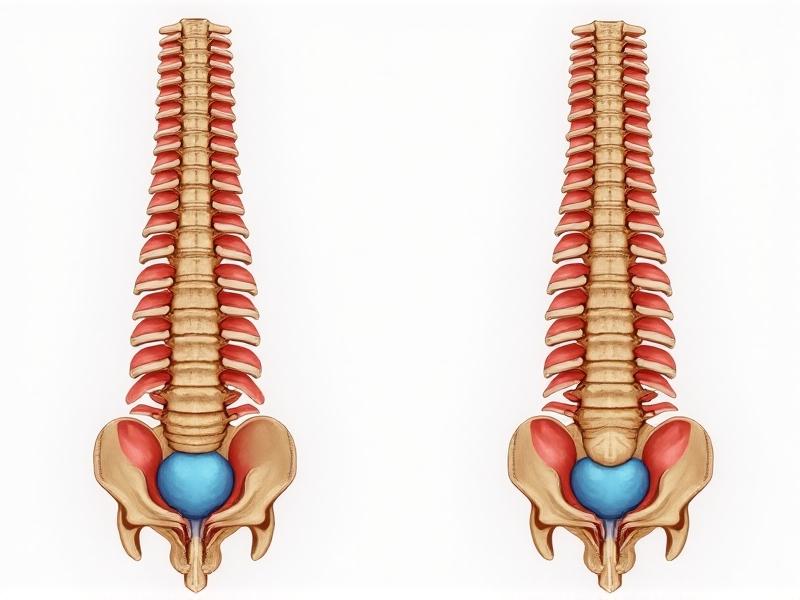The Problem with Prolonged Sitting

Modern work culture often chains us to desks for hours, creating a silent health crisis. Studies link prolonged sitting to increased risks of cardiovascular disease, diabetes, and chronic back pain. The human body isn’t designed for static postures—muscles stiffen, spinal discs compress, and circulation slows. Even regular exercise struggles to counteract the damage of eight-hour sitting marathons. Standing desks emerged as a solution, but simply replacing sitting with standing isn’t the answer. The key lies in movement and postural variation, which activates different muscle groups and keeps joints lubricated.
Research from the CDC highlights that adults who sit for over six hours daily face a 19% higher mortality risk than those sitting less than three hours. Sedentary behavior also correlates with mental health decline, including heightened anxiety and reduced focus. This isn’t just about physical health; it’s about sustaining productivity and well-being in desk-bound lifestyles. The challenge isn’t eliminating sitting—it’s interrupting it strategically.
The Science Behind Postural Variation

Postural variation isn’t a buzzword—it’s biomechanical necessity. When sitting, hip flexors and hamstrings shorten, while core muscles disengage. Standing shifts the load to leg muscles and spinal extensors, promoting blood flow and reducing lumbar pressure. A 2021 study in the
Journal of Ergonomics
found alternating postures every 30 minutes increased calorie expenditure by 12% compared to static sitting. Movement triggers the lymphatic system, aiding detoxification, and stimulates neural pathways linked to creativity.
The spine’s natural S-curve flattens when seated, causing discs to absorb uneven pressure. Alternating positions helps redistribute this load. EMG studies show standing activates gluteal and abdominal muscles 40% more than sitting, preventing atrophy. Even subtle shifts—like leaning or stretching—can mitigate stiffness. The goal isn’t perfect posture but dynamic adaptation, letting the body reset before strain accumulates.
Research on Optimal Timing Intervals

What’s the sweet spot for switching? A landmark 2019 study in
Applied Ergonomics
proposed a 20-30 minute sitting/5-10 minute standing ratio as ideal for minimizing fatigue. However, individual factors matter. A 55-year-old with arthritis may need shorter intervals than a 25-year-old athlete. The Cochrane Review’s meta-analysis suggests starting with 15-minute seated blocks followed by 2-3 minutes standing, gradually increasing standing time as endurance builds.
Motion sensors in workplace trials revealed that frequent, brief transitions (every 20 minutes) improved self-reported comfort more than hourly changes. The "Pomodoro Technique," pairing posture switches with focused work sprints, has gained traction. Listen to your body: tingling limbs or slouching are cues to shift. Technology helps—apps like Stand Up! prompt movements based on personalized thresholds.
Practical Guidelines for Sit-Stand Switching

Start small. If new to standing desks, aim for 15 minutes hourly. Use phone alarms or smartwatch reminders until it becomes habitual. Pair transitions with tasks—stand during calls or while reading emails. Footwear matters: cushioned shoes or anti-fatigue mats reduce joint stress. Posture check: ears over shoulders, hips over ankles, slight knee bend.
For seated phases, prioritize ergonomic support. Chairs with adjustable lumbar rolls and seat depth prevent slouching. Consider wobble stools to engage core muscles passively. The mantra is "motion, not posture." Even seated, fidgeting boosts circulation. Try calf raises or shoulder rolls between transitions.
Ergonomic Setups for Seamless Transition
Invest in a quality sit-stand desk with memory presets. Monitor arms should position screens at eye level—20-30 inches away. Keyboards and mice stay at elbow height to prevent wrist strain. Under-desk treadmills or cycling pedals add movement opportunities. Cable management reduces clutter, lowering mental stress.
Lighting is often overlooked. Glare-free, adjustable LED lamps reduce eye strain during posture swaps. Personalize your space: a standing mat with textured surfaces or a balance board can make transitions enjoyable. Remember, ergonomics isn’t one-size-fits-all—adjust based on feedback from your body.
Overcoming Common Challenges
Consistency is the biggest hurdle. Habit-stacking—linking posture changes to existing routines—builds stickiness. Example: stand after each bathroom break. Workplace culture matters; advocate for wellness policies allowing flexible desk setups. If colleagues resist, lead by example—share research on productivity gains tied to movement.
Physical discomfort often stems from improper form. Standing too long? Shift weight between legs or use a footrest. Cushioned mats prevent joint pain. If focus wavers during transitions, use standing periods for brainstorming or lateral tasks. Remember: discomfort is a signal, not a failure.
Future Trends in Postural Health
Smart desks synced to wearables will auto-adjust based on biometric feedback—think heart rate variability or muscle tension. Augmented reality (AR) glasses could project posture alerts in real time. Researchers are exploring exoskeletons to support dynamic sitting, reducing spinal load by 30%.
Biophilic design will integrate nature into workstations—think desks with built-in bamboo platforms for barefoot standing. As remote work grows, employers may subsidize home ergonomic audits. The future isn’t standing or sitting—it’s intelligent, responsive movement woven into daily life.




